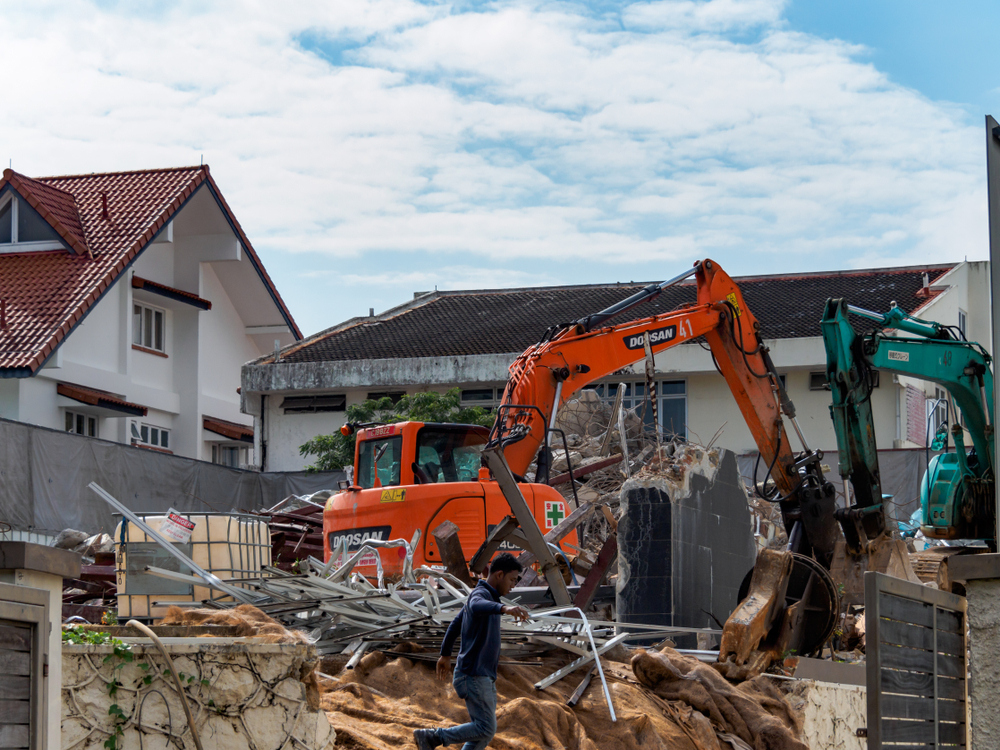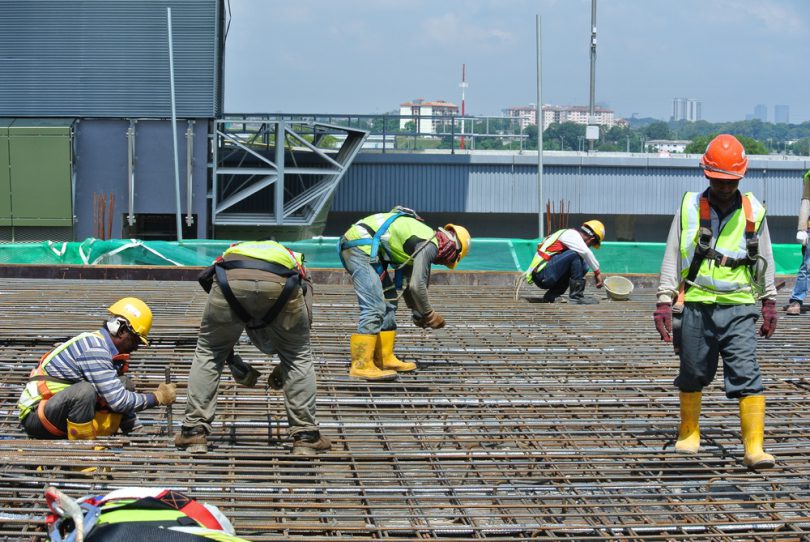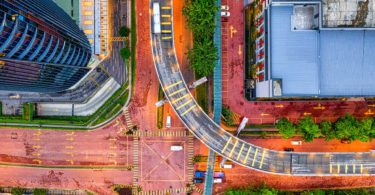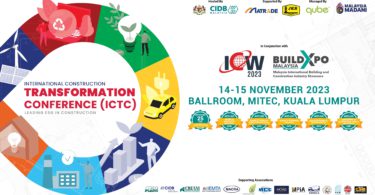By Anisa Pinatih
SINGAPORE
Construction in Singapore flourishes along with its economic growth. Sustainability agendas that started 50 years ago have evolved into a common understanding. Central to the drive of sustainable construction is the Sustainable Construction Master Plan, with five major strategic thrusts to achieve resource efficiency, summarised as follows:
- Government-led adoption of sustainable construction
- Promotion of sustainable construction in private sectors
- Improvement of industry capabilities
- Strategic profiling and raising awareness to generate sustained demand
- Minimum standards through legislative requirements
Source: Building and Construction Authority (BCA)
In addition to that, Singapore’s latest initiatives of sustainable construction include:
- Stringent demolition protocols
- Design guide on use of alternative steel materials
- Accreditation scheme for construction and demolition (C&D) waste recyclers
- New regulatory framework for reusable structural steel
- Sustainable construction capability development fund
While Building and Construction Authority (BCA) underlined that more private and public sector projects have yet to adopt sustainable construction materials and practices, the country’s progress is beyond its neighbours.
Singapore’s initiatives of sustainable construction include stringent demolition protocols and accreditation scheme for construction and demolition (C&D) waste recyclers.

December 2019, An excavator demolishes a house in a residential neighbourhood in suburban Singapore
Also read: Waste Management and Minimisation in Southeast Asia: An Overview
MALAYSIA
Researchers from the Universiti Teknologi Malaysia point out that sustainable construction has been growing in Southeast Asia, including Malaysia, as reflected in the increasing number of retrofitted buildings with energy-saving technologies. The planning of Putrajaya is an example of a Green urban development as the land use planning considered the following:
- The preservation of trees, natural topography and environmentally sensitive areas
- The influence to the microclimate and the hydrology system
- The control over water pollution and erosion
- The construction of wetland to facilitate water quality control
- The creation of green areas to act as buffer zones (37 per cent of the land area)
- The integration of a public transport system
Malaysia’s government is also taking more progressive actions to improve the country’s sustainability. To control C&D waste for example, under the new law, a fine of up to a RM5 million (S$1.6 million) will be imposed for environmental offences and a trust fund will be rewarded for effective enforcement.
BARRIERS
Most countries in Southeast Asia are facing growing environmental problems—the natural consequence of economic development. Although sustainability is now discussed and highlighted more than ever, awareness and understanding in developing countries of Southeast Asia are not applied across the whole spectrum of the construction sector yet. Stakeholders may be reluctant to invest on sustainable features because of the high costs and the non-immediate return of investment.
Public policies and regulatory frameworks that do not encourage sustainable development will hurt the chance to progress too. This is truly detrimental because the public sector should be at the frontier, paving the way to more sustainable practices. As mentioned previously, BCA decisively steers the development in Singapore with its Sustainable Construction Master Plan. Malaysia’s government is heading in the same direction by adopting more stringent measures and rolling out major initiatives.
POLICYMAKERS
OEDC in its report on the growth of Green construction in Southeast Asia maintains that national and local leadership are needed to ensure that urban action is effective and contributes to national Green growth objectives. National governments can use a range of regulations and support measures to help the construction industry achieve sustainability, including:
- Incorporating cities into national climate change and Green growth strategies to make it easier for local leaders to attract political and financial support
- Reviewing national tax and zoning policies to ensure that they favour sustainable growth patterns, especially development on the urban fringe, and to enable cities to collect fees from developers for essential infrastructure services
- Clearly defining national and local roles and increasing capacity at the local level to initiate and sustain a shift towards Green growth
- Providing incentives to municipalities in the same urban area to work together to pursue compact urban growth and ensure low-carbon, climate-resilient services for everyone
Southeast Asian countries’ booming economy comes with costs, risks and consequences; and these are particularly dangerous to the environment. If the growth largely depends on the exploitation of natural resources, the region will be more vulnerable to climate change, which will mostly impact the people in the lower levels of economy. Sustainable construction is not an option, but a critical success factor as the region continues to rise as a major economic power.
Disclaimer: Construction+ makes reasonable efforts to present accurate and reliable information on this website, but the information is not intended to provide specific advice about individual legal, business, or other matters, and it is not a substitute for readers’ independent research and evaluation of any issue. If specific legal or other expert advice is required or desired, the services of an appropriate, competent professional should be sought. Construction+ makes no representations of any kind and disclaims all expressed, implied, statutory or other warranties of any kind, including, without limitation, any warranties of accuracy and timeliness of the measures and regulations; and the completeness of the projects mentioned in the articles. All measures, regulations and projects are accurate as of the date of publication; for further information, please refer to the sources cited.
Hyperlinks are not endorsements: Construction+ is in the business of promoting the interests of its readers as a whole and does not promote or endorse references to specific products, services or third-party content providers; nor are such links or references any indication that Construction+ has received specific authorisation to provide these links or references. Rather, the links on this website to other sites are provided solely to acknowledge them as content sources and as a convenient resource to readers of Construction+.











